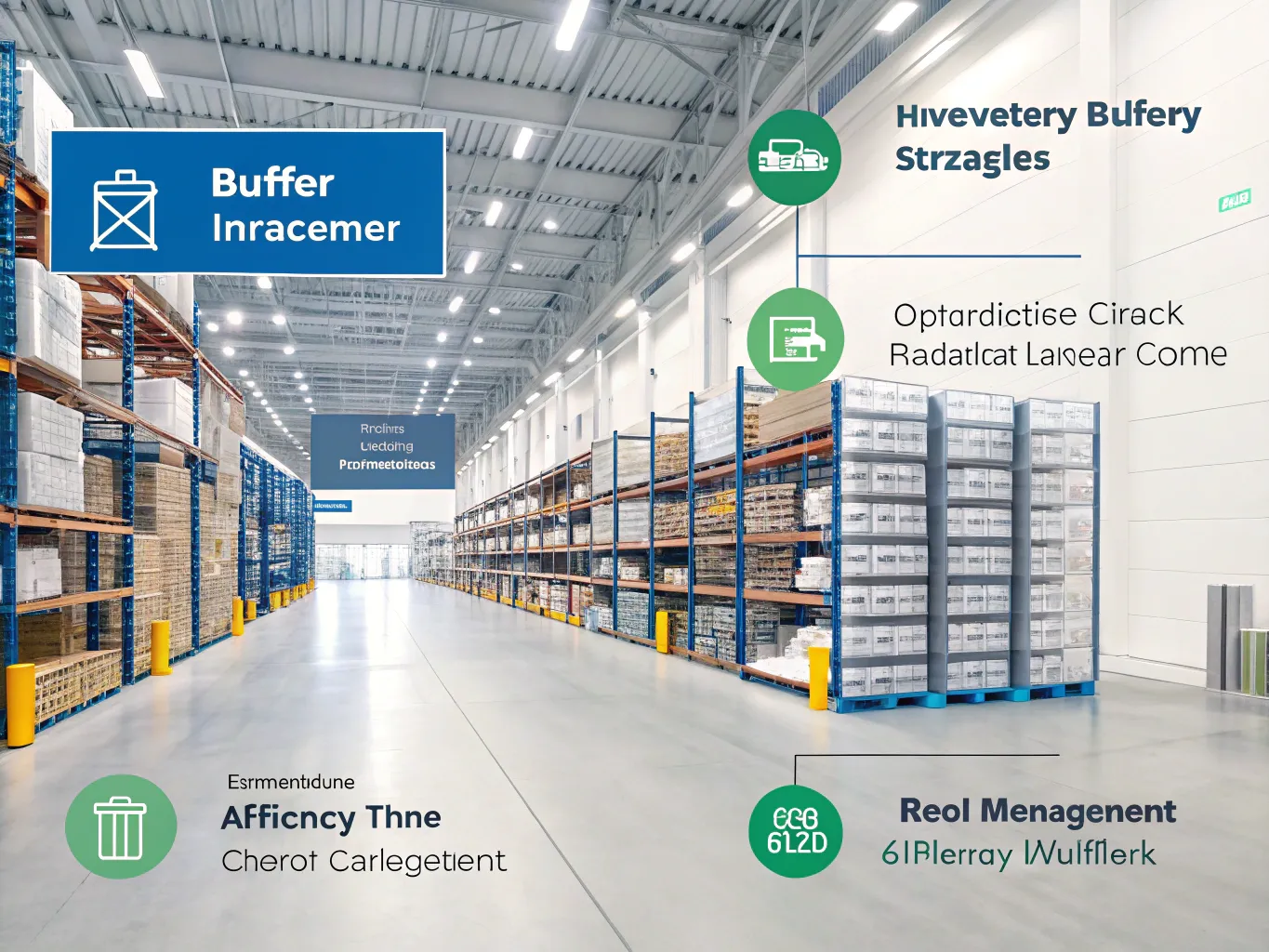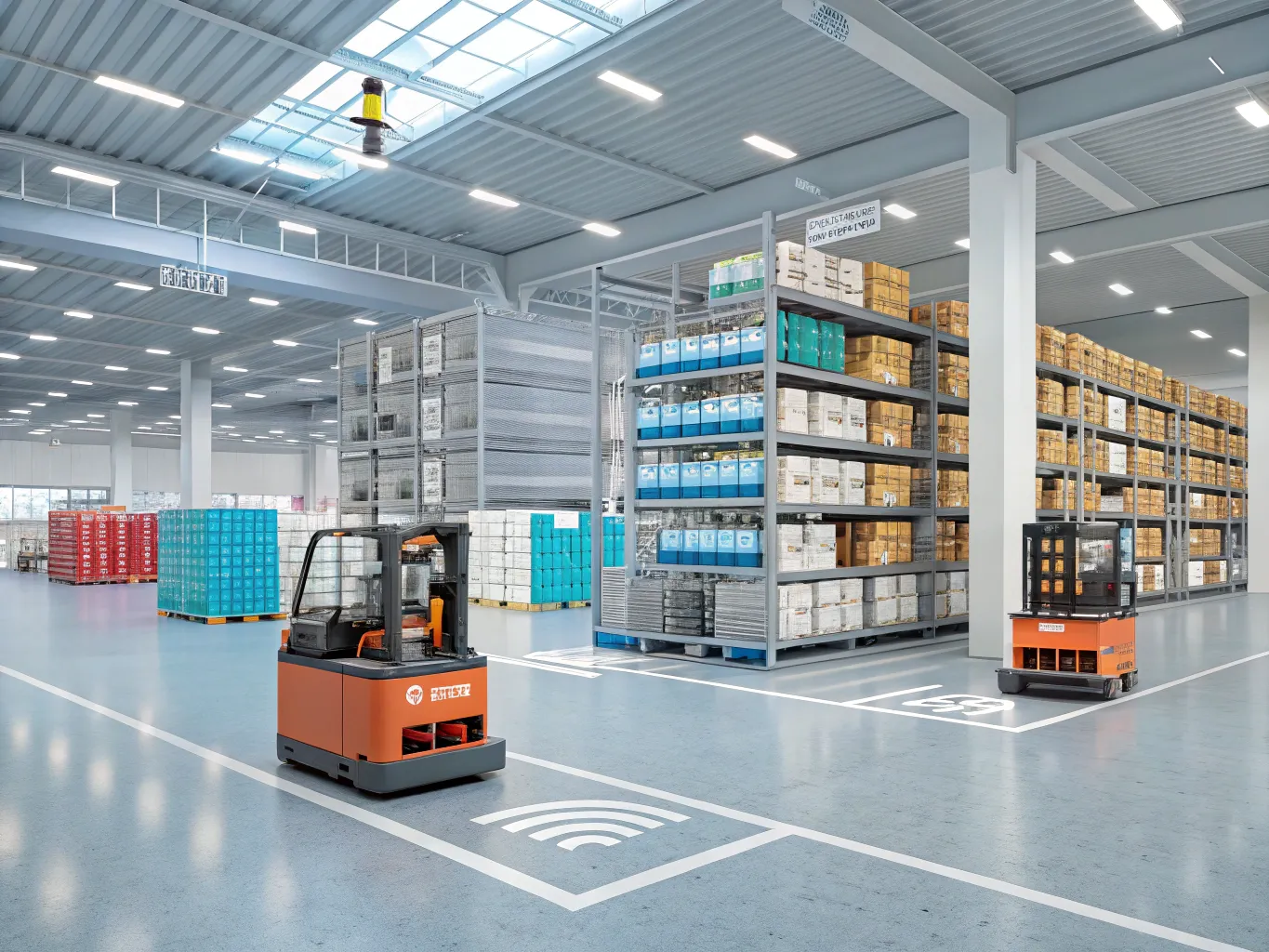Explore our advanced methodologies for deploying inventory buffers, which are critical for enhancing supply chain reliability, especially during periods of market volatility. Inventory buffers, often referred to as buffer stock or safety stock, are strategically set aside quantities of products that act as a buffer against unforeseen disruptions. These disruptions may arise from sudden fluctuations in demand, supplier inconsistencies, or logistical hurdles.
Integrating inventory buffers can lead to a 20% reduction in lead time variability, as observed in recent case studies from the electronics sector. For example, a multinational electronics company effectively utilized buffer stock to mitigate the impact of global semiconductor shortages, ensuring a steady supply chain operation without incurring substantial delays or stockouts.
Our customized buffer solutions incorporate demand forecasting models tailored to specific industries, enabling businesses to anticipate challenges and adjust buffer levels dynamically. These models use historical data and real-time analytics to optimize inventory levels, thus minimizing holding costs and maximizing service levels.
For instance, in the automotive industry, our predictive buffer strategies have helped manufacturers maintain uninterrupted production schedules despite fluctuating raw material availability. By holding a calculated buffer of critical components, manufacturers can sustain operations even when primary suppliers face unexpected delays.
Enhancing your supply chain resilience with our inventory buffer methodologies can provide a competitive edge by reducing the risk of operational disruptions and maintaining customer satisfaction. Contact us today to discover how our tailored solutions can be integrated into your operations.






